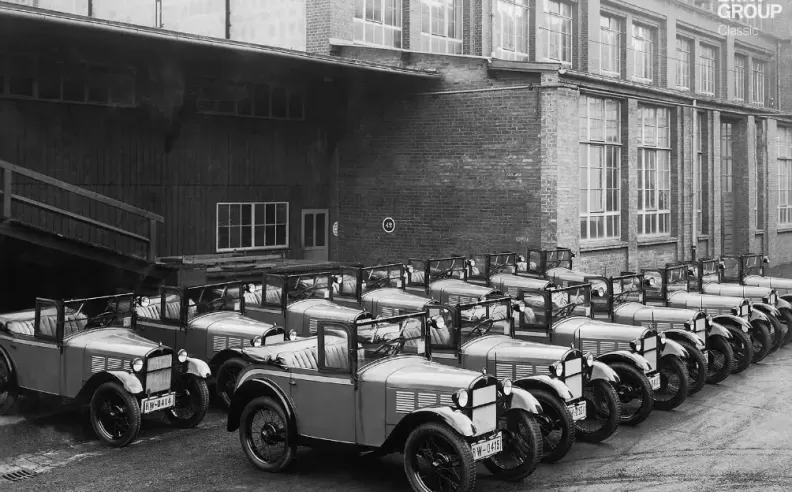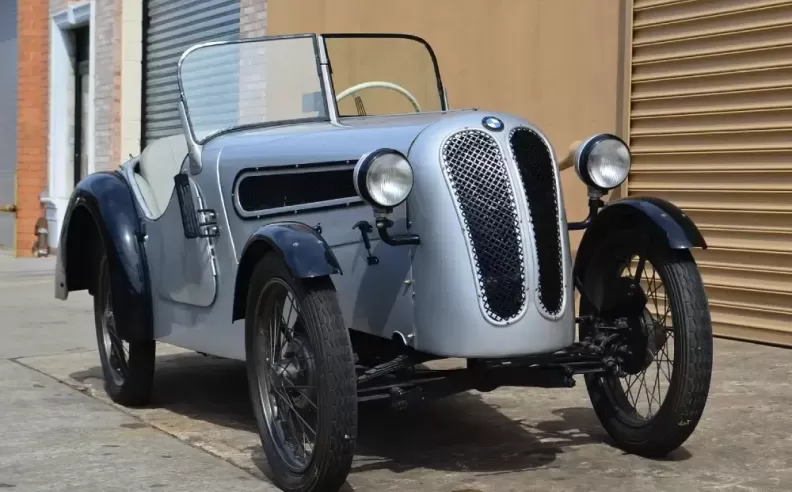
In the annals of automotive history, few brands have captured the imagination and loyalty of enthusiasts as profoundly as BMW. Renowned for their engineering excellence, driving pleasure, and innovative designs, BMW's journey began not with the iconic kidney grilles we know today but with a modest yet significant beginning. The first-ever BMW car, the BMW 3/15, marked the brand's transition from aircraft engines to automobiles, setting the foundation for a legacy that continues to thrive.
BMW, short for Bayerische Motoren Werke (Bavarian Motor Works), was originally established in 1916 as an aircraft engine manufacturer. The Treaty of Versailles after World War I prohibited Germany from producing aircraft engines, leading BMW to diversify its operations. The company began producing motorcycle engines and then entire motorcycles, gaining a reputation for quality engineering. However, it was not until the late 1920s that BMW ventured into the automotive sector.

The BMW 3/15, also known as the BMW Dixi, was the company's first production automobile. It was based on the British Austin 7, which BMW licensed and produced under its own brand. This licensing agreement was a strategic move, as it allowed BMW to quickly enter the automobile market without starting from scratch. The BMW 3/15 was introduced in 1929, at a time when the global economy was struggling, and the demand for affordable and reliable transportation was rising.
The BMW 3/15 was a compact car, featuring a simple yet functional design. It was powered by a 747cc, 4-cylinder engine that produced around 15 horsepower. While modest by today's standards, this was adequate for the era, especially given the car's lightweight design. The engine was paired with a three-speed manual transmission, providing a top speed of approximately 50 km/h (31 mph). The car was available in various body styles, including a two-door saloon, a tourer, and even a van, making it versatile for different consumer needs.
Innovation and Impact
Despite being a licensed design, the BMW 3/15 showcased BMW's commitment to engineering excellence. The company made several modifications to improve the car's performance and reliability, distinguishing it from its British counterpart. The success of the 3/15 laid the groundwork for BMW's automotive future, allowing the company to gain valuable experience in car manufacturing and establish a foothold in the market.
The BMW 3/15's affordability and reliability made it a popular choice among consumers, helping BMW navigate through the challenging economic climate of the Great Depression. It also demonstrated BMW's potential as an automobile manufacturer, setting the stage for future innovations and successes.
The introduction of the BMW 3/15 marked the beginning of BMW's journey in the automotive world. From its humble origins as a small car manufacturer, BMW has evolved into a global powerhouse known for producing some of the world's most desirable and technologically advanced vehicles. The 3/15's success not only established BMW's reputation for quality and innovation but also set a precedent for the company's future endeavors.
Today, BMW continues to uphold the values of precision engineering and driving pleasure that were first embodied in the BMW 3/15. The car stands as a testament to BMW's ability to adapt and innovate, and it remains an integral part of the brand's rich heritage. As BMW continues to shape the future of mobility, the 3/15 serves as a reminder of the brand's enduring legacy and the humble beginnings that led to its rise as a global icon.

Wael is an automotive content writer specializes in creating written content for Motor 283. Producing a wide range of content, including blog posts, articles, product descriptions, reviews, and technical guides related to cars, trucks, motorcycles, and other vehicles, with an unprecedented passion for cars, and motorcycles.